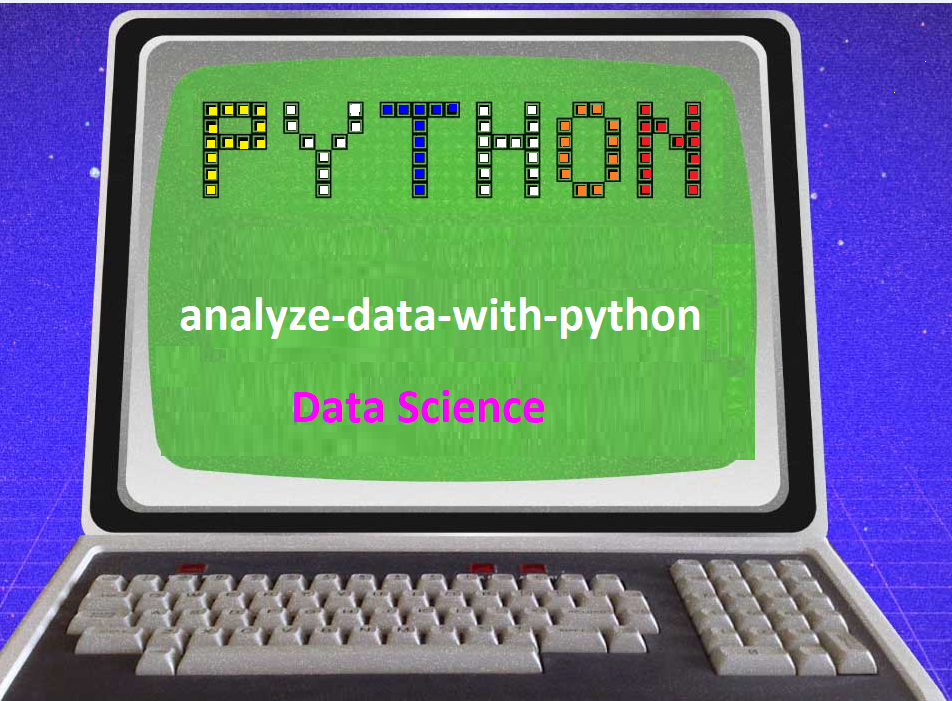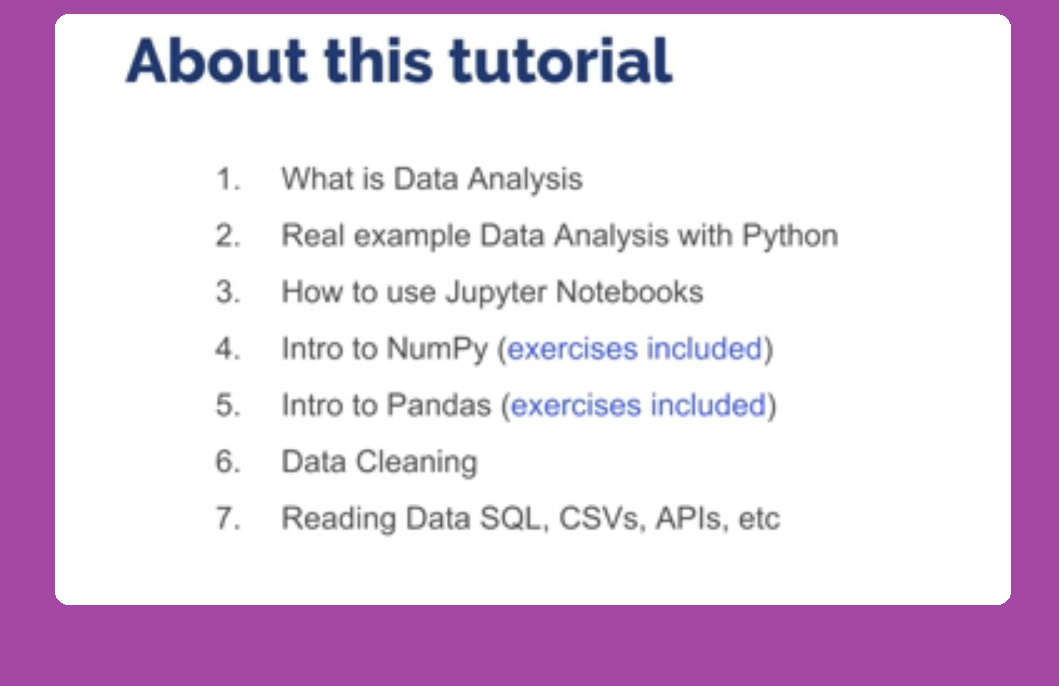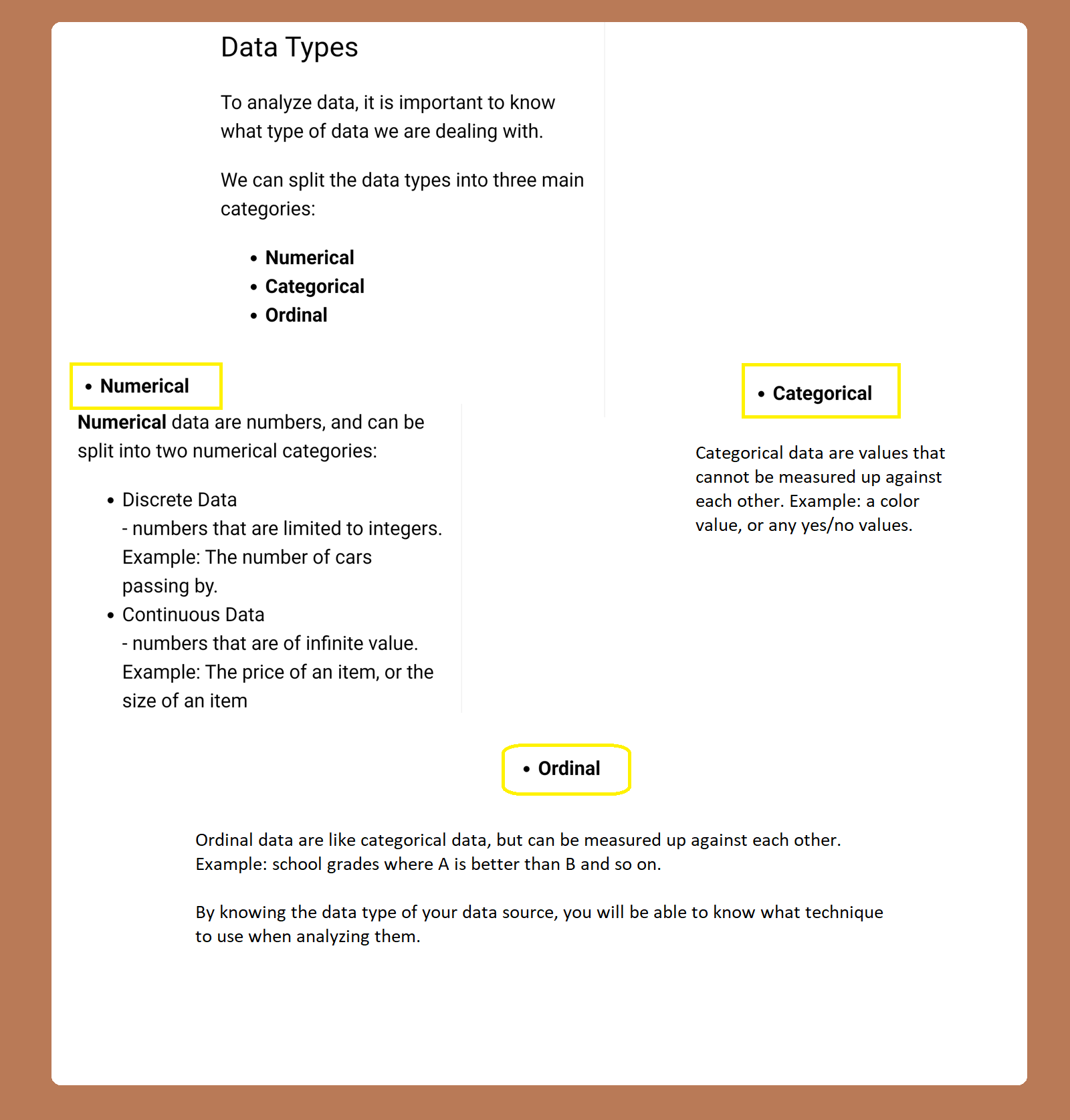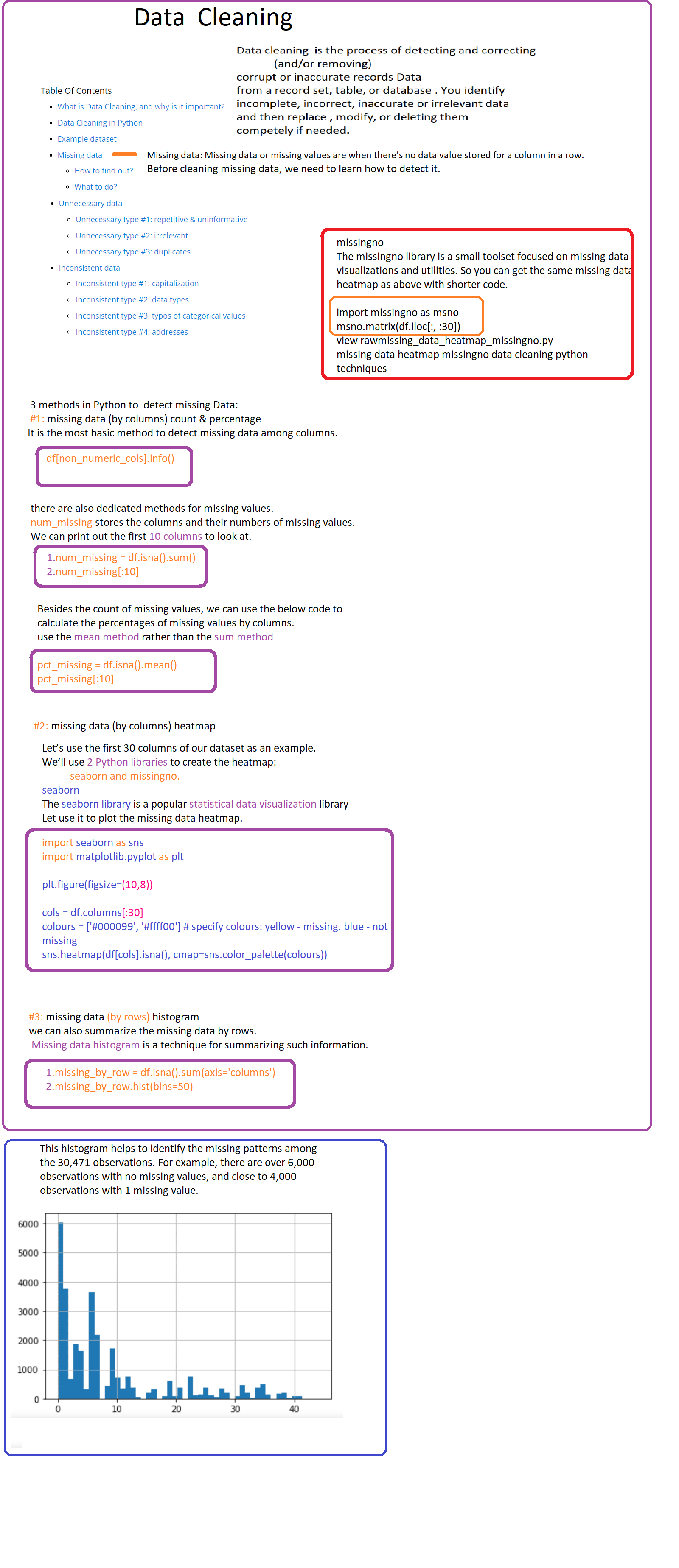Analyze data with Python


what is Data Analytic?
Data analytics is the process of exploring
and analyzing large datasets
to find hidden patterns, unseen trends, discover correlations,
and derive valuable insights to make business predictions.
It improves the speed and efficiency of your business.

1. Improved Decision Making
2. Better Customer Service:
Data analytics allows you to tailor customer
service according to their needs.
Analyzed data can reveal information about
customers’ interests, concerns, and more.
It helps you give better recommendations
for products and services.
3. Efficient Operations:
With the help of data analytics,
you can streamline your processes,
save money, and boost production.
4. Effective Marketing:
Data analytics gives you valuable insights
into how your campaigns are performing.
you can also find potential customers who are most likely
to interact with a campaign and convert into leads.
Deep learning
Deep learning is a technique used to make predictions using data,
and it heavily relies on neural networks
use a deep learning framework like TensorFlow or PyTorch i
nstead of building your own neural network
you’ll learn:
- What artificial intelligence is
- How both machine learning and deep learning play a role in AI
- How a neural network functions internally
- How to build a neural network from scratch using Python
you have to learn the following:
Python Basics for Data Analysis Course List:
Analyze data with Python
In this Skill Path,
you’ll learn the fundamentals of data analysis
while building Python skills.
You'll learn to analyze data,
communicate your findings, and even
draw predictions using machine learning
Includes:
Python, pandas, NumPy, SciPy,
MatPlotLib, Jupyter Notebooks, and more...
VISUALIZE DATA
Use your Python skills to better present the data
by visualizing it with graphs,
charts, and more.
INTERPRET LARGE DATA SETS
Statistics can be tricky,
but you’ll have no problem analyzing
data to make more informed decisions.
TEST YOUR HYPOTHESIS
Check your gut instincts by
designing and running A/B tests to further evaluate the data.
What will you learn?
1. Introduction to Data Analysis
Prepare to learn Data Analysis
by understanding how and why it is used.
2.Introduction to Python
Learn the fundamentals of Python,
one of the most popular programming languages for Data Analysis.
3.NumPy: A Python Library for Statistics
Learn about NumPy, a Python library used to store arrays of numbers,
organize large amounts of data,
and perform statistical calculations.
4.Data Manipulation with Pandas
Learn the basics of Pandas, an industry standard Python library
that provides tools for data manipulation and analysis.
5.Data Visualization with Matplotlib
Insights mean nothing if you can’t present
them and convince others that the findings are important.
But how do we present data in Python?
6.Statistics for Data Analysis
Learn how to calculate and interpret several
descriptive statistics using the Python library NumPy.
7.Hypothesis Testing with SciPy
Learn SciPy, a Python module for comparative statistics,
in order to perform many different statistical tests in code.
Final Projects
Put your new analysis skills to work
Variables, Data Types, and Lists in Python,
Learn the fundamentals of Python programming and data science.
For Loops and Conditional Statements in Python,
Learn the fundamentals of Python programming and data science.
Dictionaries, Frequency Tables, and Functions in Python
Learn the fundamentals of Python programming and data science.
Python Functions and Jupyter Noteboo>
Learn the fundamentals of Python programming and data science.
Python for Data Science Intermediate
Learn important Python data science skills.
Basic and intermediate Python programming
Data analysis and cleaning
Use Jupyter notebook
Object-oriented programming in Python
Work with date, time, and text data

